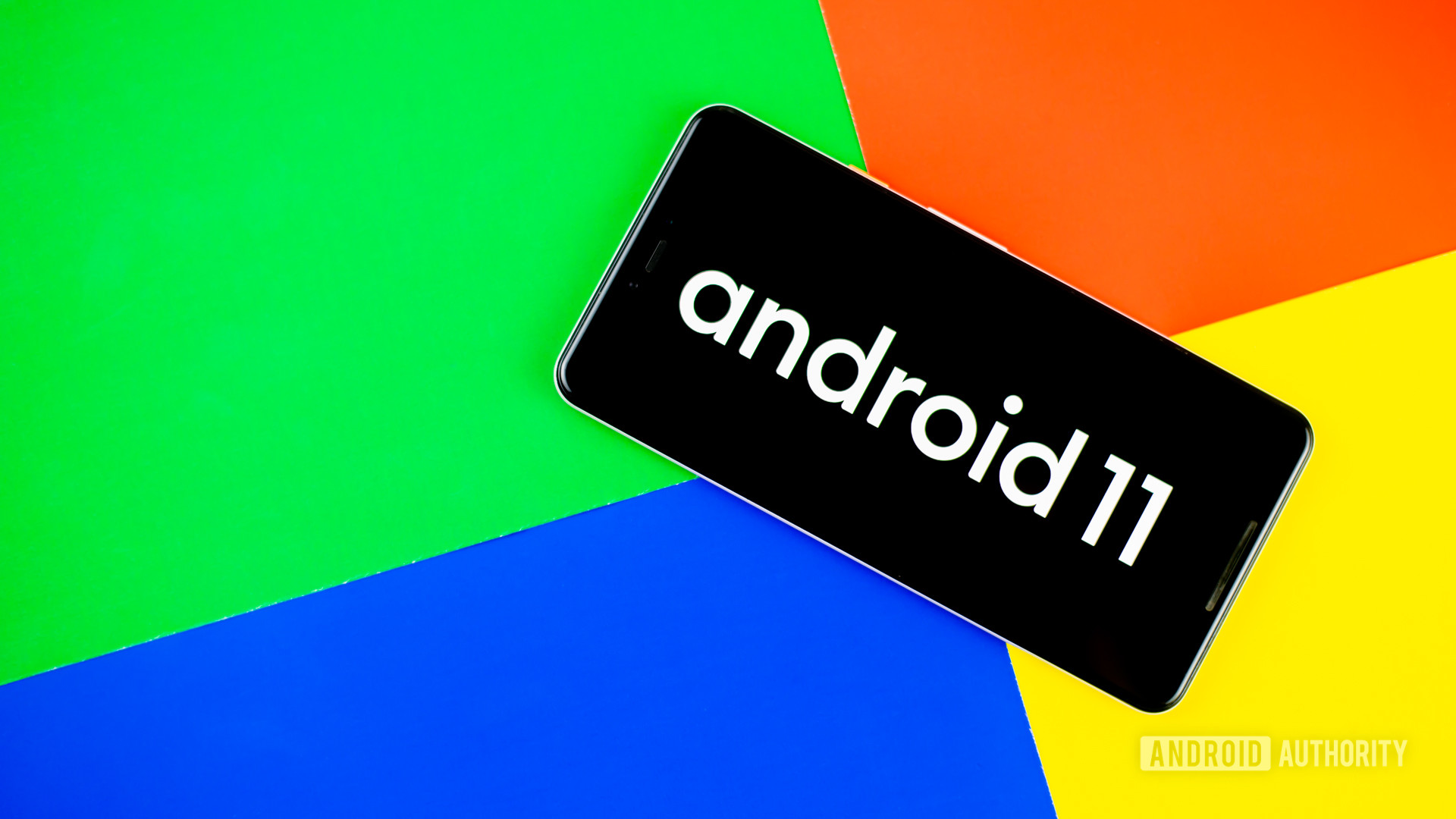
Sometimes it feels like we’ve been running Google’s mobile OS on our Android devices forever. However, it’s actually been just over a decade since the first official Android phone hit store shelves. The key decision in Android history was Google’s commitment to make Android an open-source operating system. That allowed it to become highly popular with third-party phone makers. Just a few years after the launch of Android 1.0, smartphones powered by the new OS were everywhere.
13 years later, we are awaiting the upcoming launch of Android 12. The OS has become the most popular mobile operating system in the world, defeating its many competitors like Symbian, BlackBerry, Palm OS, webOS, and Windows Phone. Apple’s iOS is the only platform still standing as a serious competitor to Android, and that situation doesn’t look like it will change anytime soon.
Contents
- 1 The founding of Android
- 2 The Android logo
- 3 The launch of Android 1.0
- 4 Android history: All the major OS versions so far
- 4.1 Android 1.5 Cupcake
- 4.2 Android 1.6 Donut
- 4.3 Android 2.0-2.1 Eclair
- 4.4 Android 2.2 Froyo
- 4.5 Android 2.3 Gingerbread
- 4.6 Android 3.0 Honeycomb
- 4.7 Android 4.0 Ice Cream Sandwich
- 4.8 Android 4.1-4.3 Jelly Bean
- 4.9 Android 4.4 KitKat
- 4.10 Android 5.0 Lollipop
- 4.11 Android 6.0 Marshmallow
- 4.12 Android 7.0 Nougat
- 4.13 Android 8.0 Oreo
- 4.14 Android 9.0 Pie
- 4.15 Android 10
- 4.16 Android 11
- 4.17 Android 12
- 5 The future of Android
The founding of Android

The history of Android begins in October 2003 — well before the term smartphone was widely used and several years before Apple announced its first iPhone and iOS. Android Inc was founded in Palo Alto, California. Its four founders were Rich Miner, Nick Sears, Chris White, and Andy Rubin. At the time, Rubin was quoted as saying that Android Inc was going to develop “smarter mobile devices that are more aware of its owner’s location and preferences.”
Rubin revealed in a 2013 speech in Tokyo that Android OS was originally meant to improve the operating systems of digital cameras. But even back then, the market for stand-alone digital cameras was declining. Just a few months later, Android Inc decided to shift gears towards using the OS inside mobile phones.
In 2005, the next big chapter in Android’s history began when the original company was acquired by Google. Rubin and other founding members stayed on to continue developing the OS under their new owners. The decision was made to use Linux as the basis for the Android OS. That meant that the operating system could be offered to third-party mobile phone manufacturers for free. Google and the Android team felt the company could make money offering other services that used the OS, including apps.
Rubin stayed at Google as head of the Android team until 2013, when the Mountain View company announced he would be leaving the division. In late 2014, Rubin left Google altogether and launched a startup business incubator before eventually returning to the smartphone business with the ill-fated Essential in 2017.
The Android logo
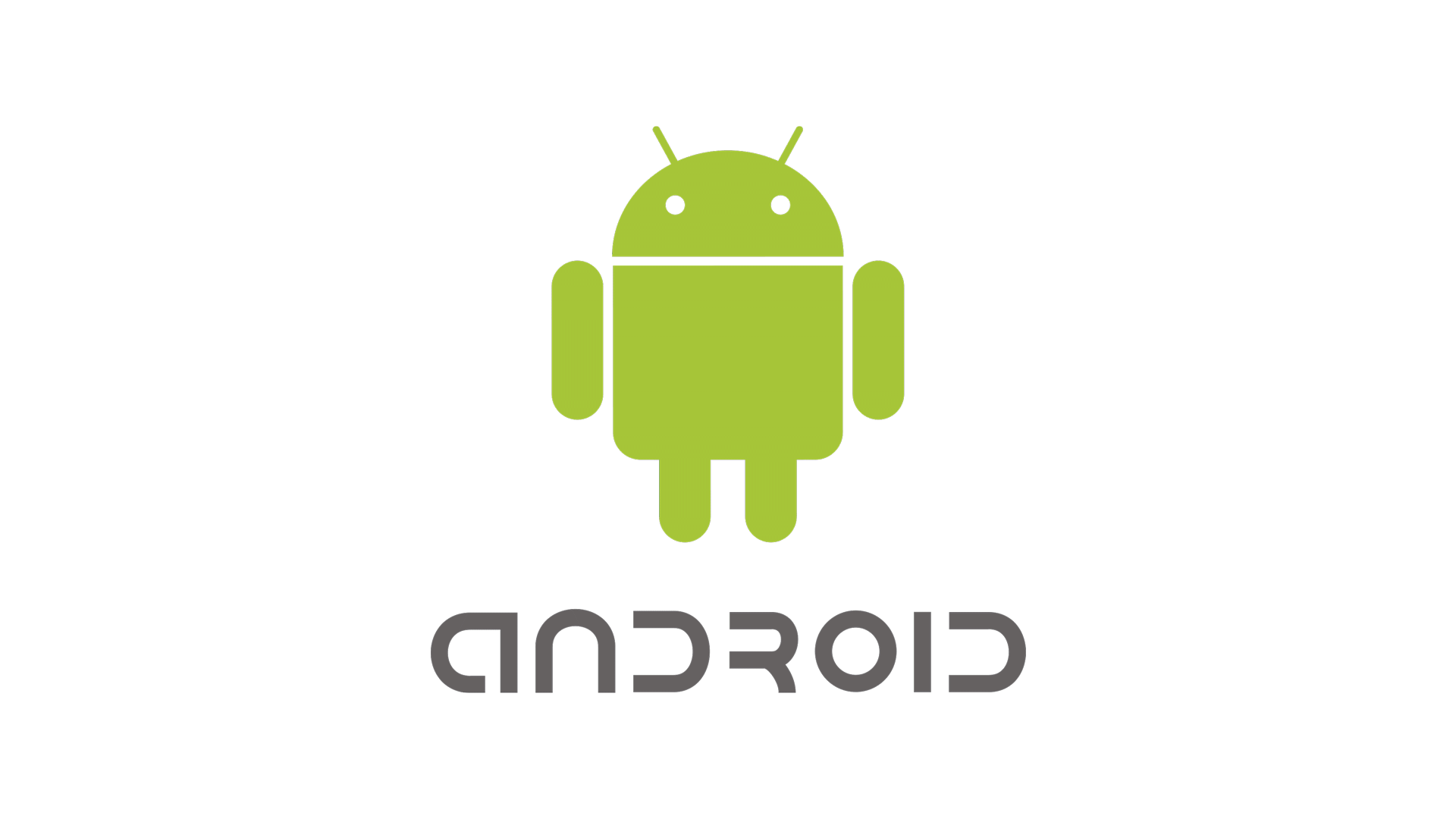
The now-familiar logo for the Android OS, which looks like a combination of a robot and a green bug, was created by Irina Blok while she was employed by Google. Blok has said that the only directive she was given by the design team at Google was to make the logo look like a robot. Blok also stated that the final design for the Android mascot was inspired in part by looking at the familiar restroom logos representing “Men” and “Women.”
One thing that Blok and Google decided was to make the Android robot itself an open-source project. Nearly every other huge company would protect such a logo or mascot from being redesigned and used by others. However, the Android robot has now been modified and used by tons of people, all because Google allows such changes under the Creative Commons 3.0 Attribution License.
The Android mascot — also known as just “Andy” — was overhauled alongside much of Android’s branding in 2019. Andy may have lost his body, but the new look is now much more ubiquitous across all of Android’s branding.
The launch of Android 1.0
In 2007, Apple launched the first iPhone and ushered in a new era in mobile computing. At the time, Google was still working on Android in secret, but in November of that year, the company slowly started to reveal its plans to compete with Apple and other mobile platforms. In a major development, Google led the formation of what was called the Open Handset Alliance. It included phone makers like HTC and Motorola, chip manufacturers such as Qualcomm and Texas Instruments, and carriers including T-Mobile.
Then Google Chairman and CEO Eric Schmidt was quoted as saying, “Today’s announcement is more ambitious than any single ‘Google Phone’ that the press has been speculating about over the past few weeks. Our vision is that the powerful platform we’re unveiling will power thousands of different phone models.”
The public beta of Android version 1.0 launched for developers on Nov. 5, 2007.
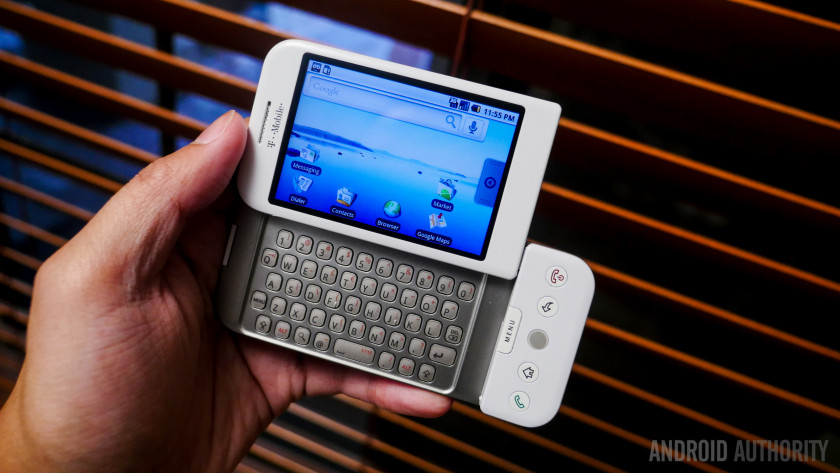
In September 2008, the very first Android smartphone was announced: the T-Mobile G1, also known as the HTC Dream in other parts of the world. It went on sale in the US in October of that year. The phone, with its pop-up 3.2-inch touchscreen combined with a QWERTY physical keyboard wasn’t exactly a design marvel. Indeed, the T-Mobile G1 got pretty bad reviews from technology media outlets. The device didn’t even have a standard 3.5mm headphone jack which, unlike today, was pretty much a de facto phone feature among Android’s competition.
However, the Android 1.0 OS inside already had the trademarks of Google’s plan for the OS. It integrated a number of the company’s other products and services, including Google Maps, YouTube, and an HTML browser (pre-Chrome) that, of course, used Google’s search services. It also had the first version of Android Market, the app store that Google proudly stated would have, “dozens of unique, first-of-a-kind Android applications.” All of these features sound pretty primitive now, but this was just the beginning of Android’s rise in the mobile device market.
Android history: All the major OS versions so far
Android 1.5 Cupcake
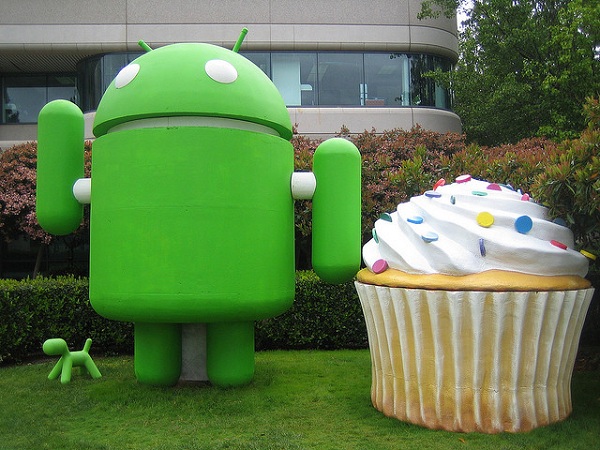
The first official public codename for Android didn’t appear until version 1.5 Cupcake was released in April 2009. The credit for naming Android versions after sweet candy and desserts has traditionally gone to its project manager at Google, Ryan Gibson. However, his specific reasons for using such a naming convention remain unknown.
Cupcake added quite a few new features and improvements compared to the first two public versions. This includes things that we now take for granted, such as the ability to upload videos to YouTube, a way for phones’ displays to automatically rotate, and support for third-party keyboards.
Some of the phones that were released with Cupcake installed out of the box included the first Samsung Galaxy phone, along with the HTC Hero.
Android 1.6 Donut

Google quickly launched Android 1.6 Donut in September 2009. The new OS now offered support for carriers using CDMA-based networks. This allowed Android phones to be sold by all carriers around the world.
Other features included the introduction of the Quick Search Box, and quick toggling between the Camera, Camcorder, and Gallery to streamline the media-capture experience. Donut also introduced the Power Control widget for managing Wi-Fi, Bluetooth, GPS, etc.
One of the phones that were sold with Donut installed was the ill-fated Dell Streak. It had a huge (at the time) 5-inch screen, and was described on our own site as a “smartphone/tablet.” These days, a 5-inch display is considered relatively small for a smartphone.
Android 2.0-2.1 Eclair

In October 2009 — about a year after the launch of Android 1.0 — Google released version 2.0 of the OS, with the official codename Eclair. This version was the first to add text-to-speech support, and also introduced live wallpapers, multiple account support, and Google Maps navigation, among many other new features and improvements.
The Motorola Droid was the first phone that sported Android 2.0 out of the box. The Droid was also the first Android-based phone that was sold by Verizon Wireless. In a funny bit of trivia, while Google was safe to use Android as the name for its OS, the term “Droid” was trademarked by Lucasfilm, in reference to the robots of the Star Wars franchise. Motorola had to get permission and pay some money to Lucasfilm to use the name for its phone. Motorola continued using the Droid brand for many of its phones as late as 2016.
Android 2.2 Froyo

Android 2.2 Froyo (short for “frozen yogurt”) was officially launched in May 2010. Smartphones sporting Froyo could take advantage of several new features, including Wi-Fi mobile hotspot functions, push notifications via the Android Cloud to Device Messaging (C2DM) service, flash support, and more.
The first smartphone that carried Google’s Nexus branding — the Nexus One — launched with Android 2.1 out of the box earlier in 2010, but quickly received an over-the-air update to Froyo later that year. This marked a new approach for Google, with the company working closer than ever before with hardware manufacturer HTC to showcase pure Android.
Android 2.3 Gingerbread

Android 2.3 Gingerbread was launched in September 2010. The OS received a user interface refresh under Gingerbread. It added support for using near field communication (NFC) functions for smartphones with the required hardware. The first phone to sport both Gingerbread and NFC hardware was the Nexus S, which was co-developed by Google and Samsung. Gingerbread also laid the groundwork for the selfie by adding support for multiple cameras and video chat support within Google Talk.
Android 3.0 Honeycomb

This version of the OS is perhaps the oddball of the bunch. Honeycomb was created for tablets and other mobile devices with larger displays. It was first introduced in February 2011, along with the Motorola Xoom tablet. It included features like a redesigned UI for large screens, along with a notification bar placed on the bottom of a tablet’s display.
The idea was that Honeycomb would offer features that could not be handled by the smaller displays found on smartphones at the time. It was also a response by Google and its third-party partners to the 2010 release of Apple’s iPad. Even though Honeycomb was available, some tablets were still released with the smartphone-based Android 2.x versions. In the end, Honeycomb ended up being a version of Android that did not see wide adoption. Google decided to integrate most of its features in its next major 4.0 version, Ice Cream Sandwich. It’s a bit of an outlier in Android history.
Android 4.0 Ice Cream Sandwich
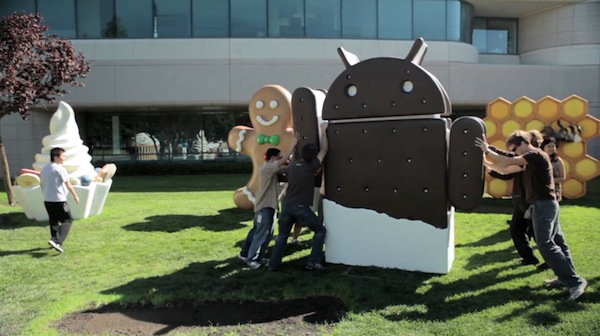
Released in October 2011, the Ice Cream Sandwich version of Android brought a number of new features. It combined many of the options of the tablet-only Honeycomb version with the smartphone-oriented Gingerbread. It also included a “favorites tray” on the home screen, along with the first support for unlocking a phone by using its camera to take a picture of its owner’s face. That kind of biometric sign-in support has evolved and improved considerably since.
Other notable changes with ICS included support for all on-screen buttons, swipe gestures to dismiss notifications and browser tabs, and the ability to monitor your data usage over mobile and Wi-Fi.
Android 4.1-4.3 Jelly Bean

The Jelly Bean era of Android began in June 2012 with the release of Android 4.1. Google quickly released versions 4.2 and 4.3 — both under the Jelly Bean label — in October 2012 and July 2013, respectively.
Some of the new additions in these software updates included new notification features that displayed more content or action buttons, along with full support for the Android version of Google’s Chrome web browser, which was included in Android 4.2. Google Now also made an appearance as part of Search, while “Project Butter” was introduced to speed up animations and improve Android’s touch responsiveness. External Displays and Miracast also gained support, as did HDR photography.
Android 4.4 KitKat

Android 4.4 is the first version of the OS that actually used a previously trademarked name for a piece of candy. Before it officially launched in September 2013, the company released hints at its Google I/O conference that year that the codename for Android 4.4 would actually be “Key Lime Pie.” Indeed, most of Google’s Android team thought that was going to be the case as well.
As it turned out, Google’s director of Android global partnerships, John Lagerling, thought that “Key Lime Pie” would not be a familiar enough name to use worldwide. Instead, he decided to do something different. He contacted Nestle, the creators of the KitKat bar, and asked them if they could use the name for Android 4.4. Nestle agreed and KitKat became the name of the next Android version. It was an experiment in marketing that Google didn’t rekindle until the launch of Oreo (we’ll get to that).
KitKat didn’t have a huge number of new features, but it did have one thing that really helped expand the overall Android market. It was optimized to run on smartphones that had as little as 512 MB of RAM. This allowed phone makers to use the latest version of Android on much cheaper handsets. Google’s Nexus 5 smartphone was the first with Android 4.4 pre-installed.
Android 5.0 Lollipop

First launched in the fall of 2014, Android 5.0 Lollipop was a major shakeup in the overall look of the operating system. It was the first version of the OS that used Google’s new Material Design language. It made liberal use of lighting and shadow effects, among other things, to simulate a paper-like look for the Android user interface. The UI also got some other upgrades, including a revamped navigation bar, rich notifications for the lock screen, and much more.
The subsequent Android 5.1 update made a few more under-the-hood changes. This included official support for dual-SIM, HD Voice calls, and Device Protection to keep thieves locked out of your phone even after a factory reset.
Google’s Nexus 6 smartphone, along with its Nexus 9 tablet, were the first devices to have Lollipop pre-installed.
Android 6.0 Marshmallow
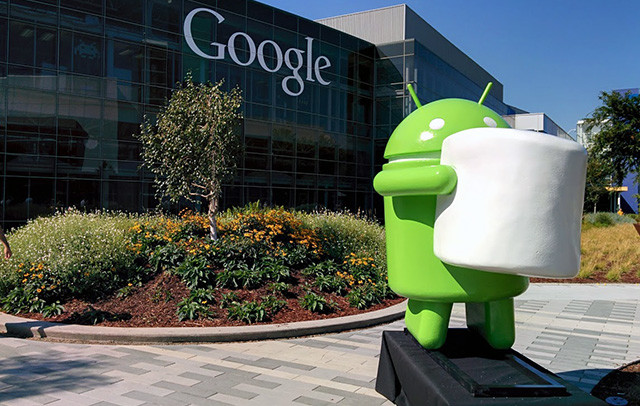
Released in the fall of 2015, Android 6.0 Marshmallow used the sweet treat favored by campers as its main symbol. Internally, Google used “Macadamia Nut Cookie” for Android 6.0 before the official Marshmallow announcement. It included features such as a new vertically scrolling app drawer, along with Google Now on Tap, native support for fingerprint biometric unlocking, USB Type-C support, the introduction of Android Pay (now Google Pay), and much more.
The first devices that shipped with Marshmallow pre-installed were Google’s Nexus 6P and Nexus 5X smartphones, along with its Pixel C tablet.
Android 7.0 Nougat
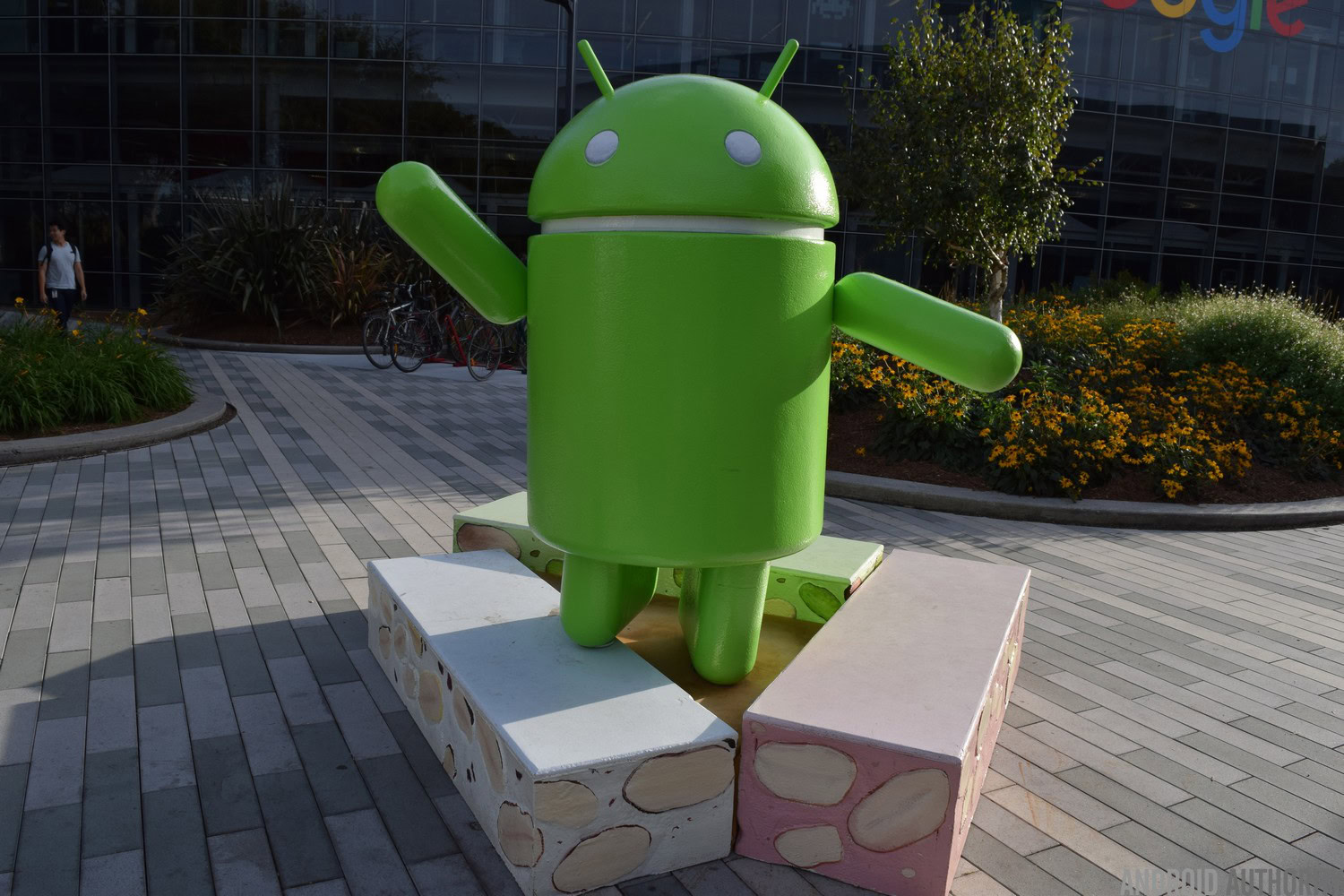
Version 7.0 of Google’s mobile operating system launched in the fall of 2016. Before Nougat was revealed, “Android N” was referred to internally by Google as “New York Cheesecake.” Nougat’s many new features included better multi-tasking functions for the growing number of smartphones with bigger displays, such as split-screen mode, along with quick switching between apps.
Google made a number of big changes behind the scenes too. It switched to a new JIT compiler to speed up apps, supported the Vulkan API for faster 3D rendering, and enabled OEMs to support its now-defunct Daydream VR platform.
Google also used the release to make a bold push into the premium smartphone market. The company’s own Pixel and Pixel XL, along with the LG V20, were the first to be released with Nougat pre-installed.
Android 8.0 Oreo
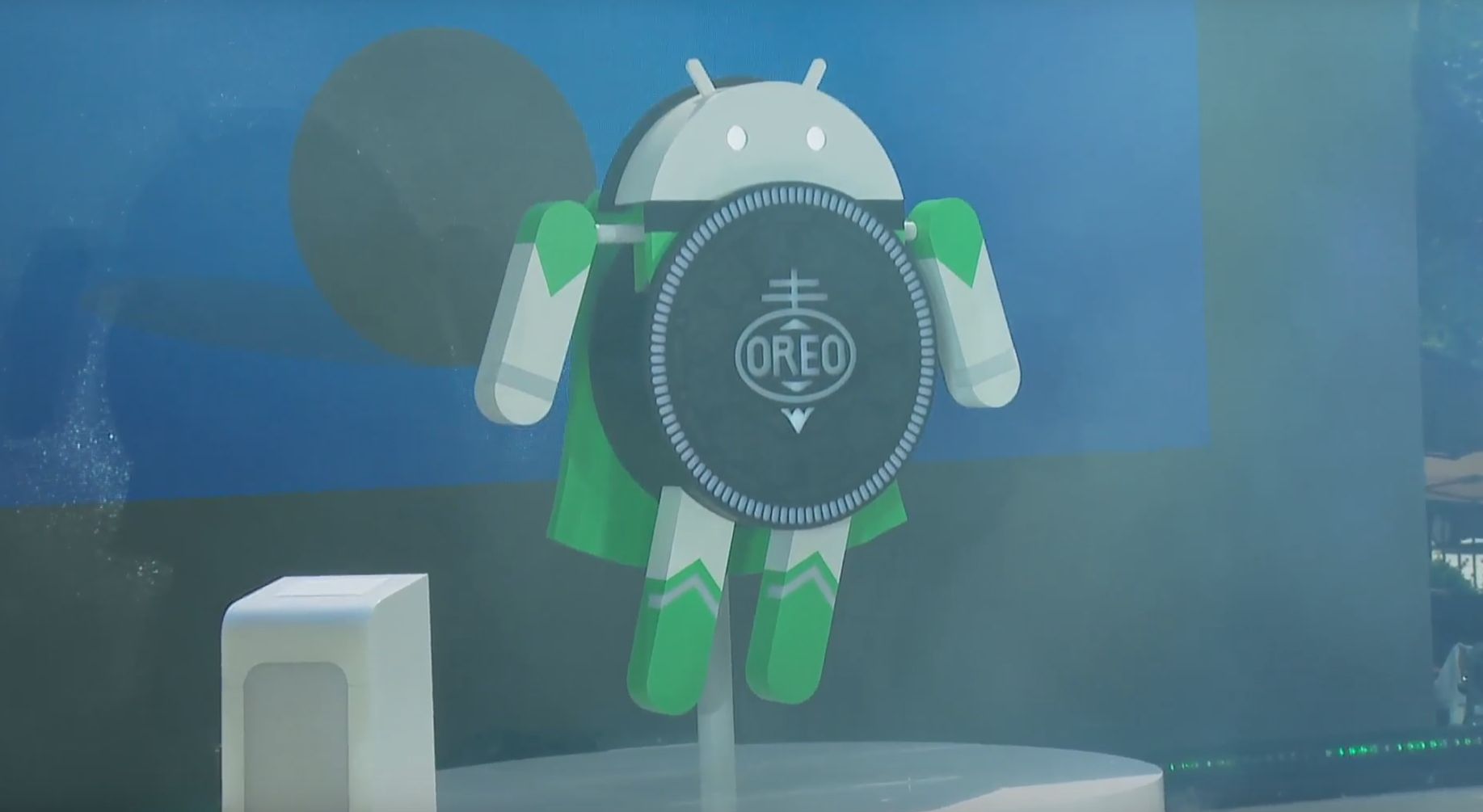
In March 2017, Google officially announced and released the first developer preview for Android O, also known as Android 8.0. Before that release, Hiroshi Lockheimer, the senior vice president of Android at Google, posted a GIF of an Oreo cake on Twitter — the first solid hint that Oreo, the popular cookie, would indeed be the official codename for Android 8.0.
In August, Google confirmed the cookie-inspired public name for Android 8.0. It was the second time in which the company chose a trademarked name for Android (Oreo is owned by Nabisco). In a break from its tradition, Google showed off the Android Oreo mascot statue for the first time in a press event in New York City, rather than at its Googleplex headquarters. The statue depicts the Android mascot as a flying superhero, complete with a cape. A second statue was put in place at Google’s main headquarters later that day.
As far as features go, Android Oreo packed in lots of visual changes to the Settings menu, along with native support for picture-in-picture mode, notification channels, new autofill APIs for better management of passwords and fill data, and much more. Android Oreo first came installed on Google’s own Pixel 2 phones.
Android 9.0 Pie
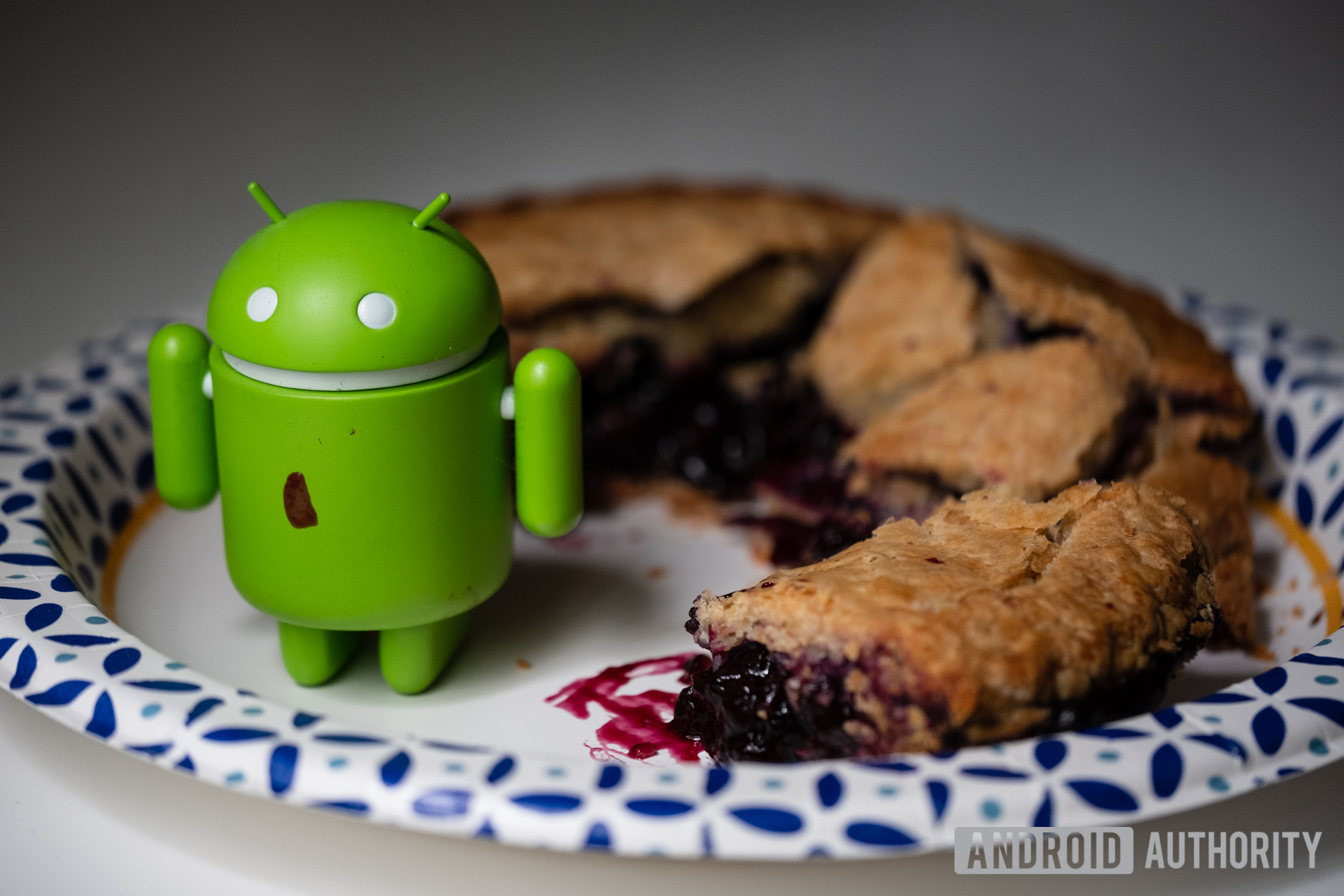
Google launched the first developer preview of the next major Android update, Android 9.0 P, on March 7, 2018. On August 6, 2018, the company officially launched the final version of Android 9.0, giving it the official codename of “Pie.”
Android 9.0 Pie included a number of major new features and changes. One of them ditched the traditional navigation buttons in favor of one elongated button in the center, which became the new home button. Swiping up from it brings up Overview, with your most recently used apps, a search bar, and five app suggestions on the bottom. You can swipe left to see all your recently opened apps, or you can drag the home button to the right to quickly scroll through your apps.
Android 9.0 Pie also included some new features designed to help extend your smartphone’s battery life. That was achieved with the use of on-device machine learning which predicts which apps you will use now, and which apps you won’t use until later. Pie also has Shush, a feature that automatically puts your phone in Do Not Disturb mode when you flip your phone screen down on a flat surface. There’s also Slices, which provides a smaller version of an installed app inside Google Search, offering certain app functions without opening the full application.
As usual, Android 9.0 Pie was available first officially for Google’s Pixel phones, but it also launched on the Essential Phone at the same time.
Android 10
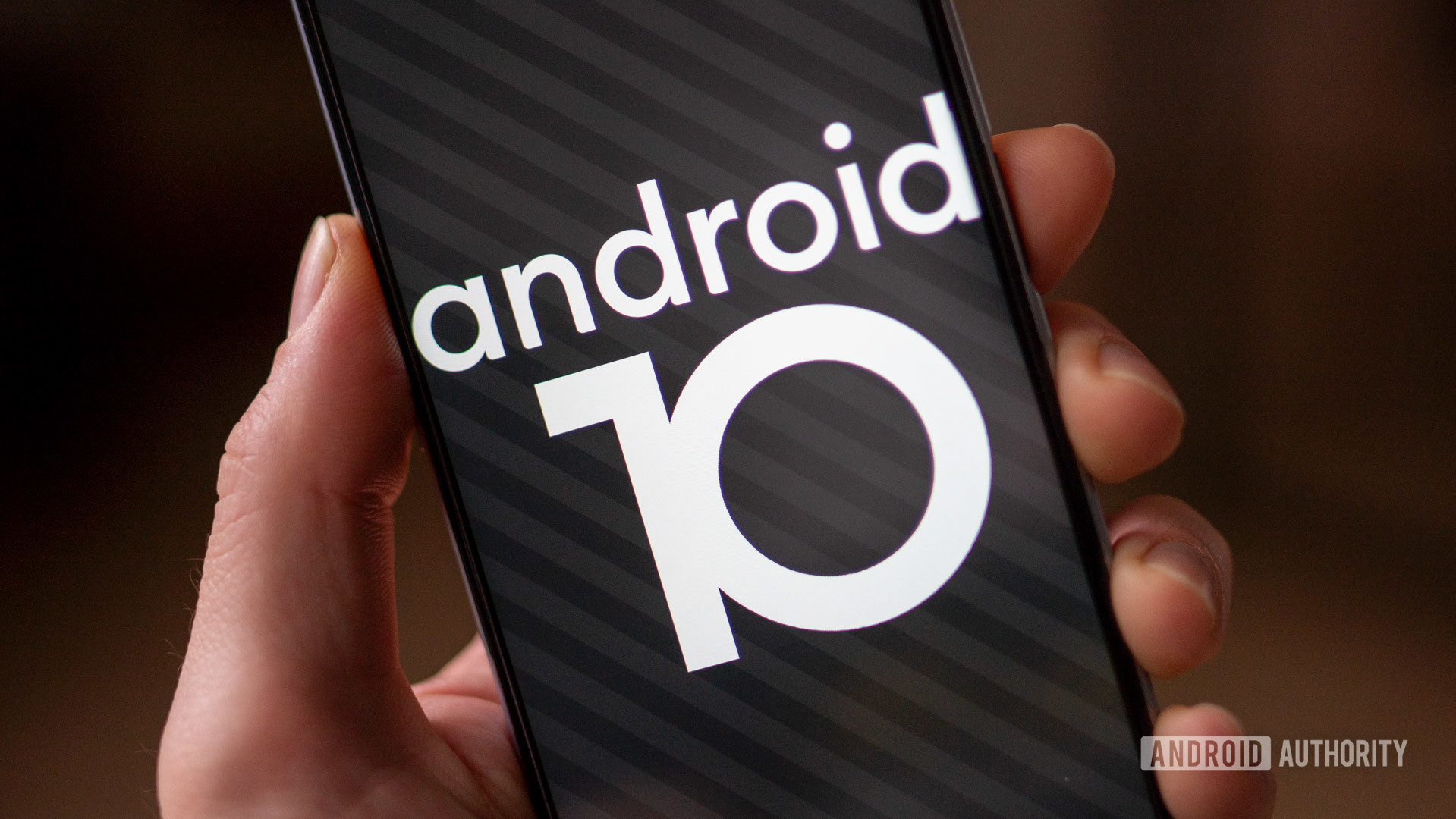
10 years after the launch of the OS, we got another major Android history milestone. Google launched the first official developer preview of Android Q, on March 13, 2019. On August 22, 2019, Google announced a major refresh of the Android brand. That included a new logo and, more importantly, the decision to ditch the traditional dessert name for the next version. As a result, Android Q is officially known just as Android 10. It was officially launched on September 3, 2019, for Google’s Pixel devices.
As usual with any new Android release, Android 10 had a number of new features and improvements, as well as a number of new APIs. That included support for the rush of then-upcoming foldable phones. Android 10 also introduced a system-wide dark mode, along with new gesture-navigation controls, a more efficient sharing menu, smart reply features for all messaging apps, and more control over app-based permissions.
Android 11
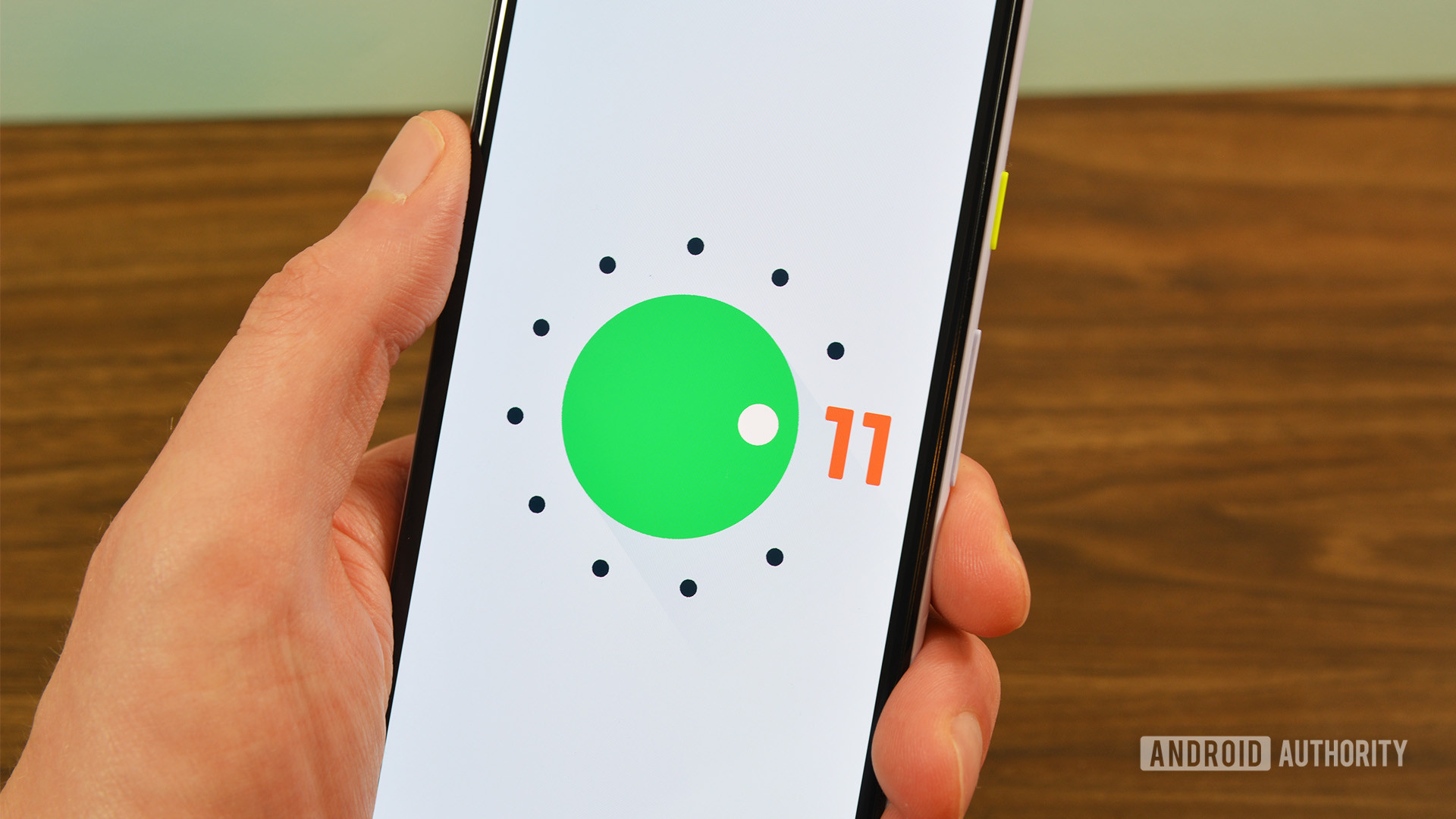
On February 18, Google launched the first Developer Preview for Android 11. After several more public betas were released, the final version of Android 11 was launched on September 8, 2020.
Android 11 has arrived with plenty of new features. That includes a new Conversations notification category where all of your chats from various apps are collected in one place. You also have the option to save every notification that has appeared on your phone in the past 24 hours. A brand new feature lets you record your phone’s screen, complete with audio, without needing a third-party app. There’s also a new section of Android 11 dedicated to controlling smart home devices.
Read more: The best Android 11 features you need to know
Pixel phones, however, are getting an Android 11 exclusive feature. It uses AI and machine learning to control which apps appear on your phone’s dock.
Google mounted its traditional statue to celebrate Android 11’s launch, but it also released an AR version of the statue for all Android ARCore phones. It even has a couple of Easter Eggs, including a recipe for making red velvet cake. That also happens to be the internal codename for the OS at Google.
Android 12
The latest (as of this writing) version of the OS, Android 12, first launched on February 18 in a Developer Preview version. The internal code name for the OS is reported to be “Snow cone.”
Currently, the list of confirmed features in Android 12 includes an easier way to share your Wi-Fi connection with someone else. Also, you can add text, Emoji, and stickers to your screenshots if they are taken on a Pixel device. There’s also support for the more advanced image format AVIF. There have also been some improvements to notifications, along with a way to add key OS updates via the Google Play Store. In addition, a new one-handed mode has been added that puts buttons and icons on the bottom half of the screen for easier access with one hand.
Other rumored features that might be added to Android 12 include the ability to manage two apps as a single task, called App Pairs. We may finally be getting scrolling screenshot support for this new OS update, along with a way to launch apps with a double-tap of the phone’s back.
So far, there have been three Developer Previews of Android 12. The first public beta for the OS update is expected to launch as part of the Google I/O developer conference on May 18. There will be four betas released before the final version is launched, which should happen sometime in August or early September 2021.
The future of Android
Android has come a long way since its humble beginnings as the product of a small start-up. Today, it is the leading mobile operating system worldwide with around 75% market share.
The Mountain View company is still extremely committed to furthering the development of Android, though there are signs its long-term plans could extend further afield.
Android continues to go from strength to strength, but there are challenges ahead.
Google has been working for the last few years on stages of an all-new OS called Fuchsia that may support everything from smartphones to tablets, and even notebook and desktop PCs. In 2019, Google launched a development board site for Fuchsia. However, we are still very much in the dark about Google’s plans for this OS. It remains to be seen if Fuchsia will ever hit the mainstream or be resigned to the Google Graveyard alongside so many other projects.
In the meantime, Android continues to go from strength to strength — though there are challenges on the horizon.
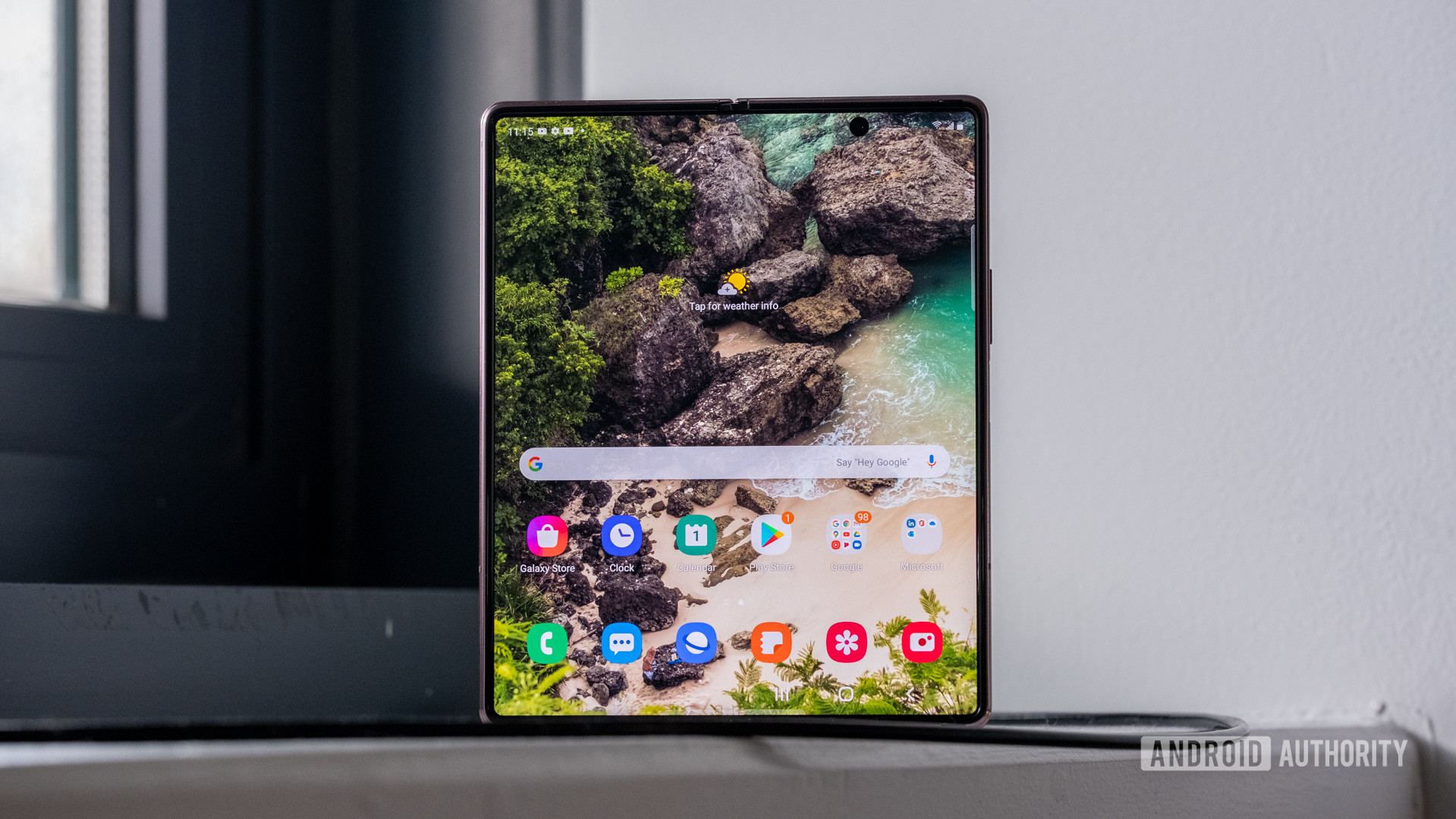
Android’s chequered history with update rollouts has improved thanks to initiatives like Project Treble and Project Mainline, but fragmentation is still a concern. Likewise, while companies like Samsung and OnePlus have committed to offering three years of OS upgrades and security updates for many of their phones, there are many OEMs that still end support at two years or even just 12 months.
Google’s flagbearer for Android — the Google Pixel series — continues to divide critics and consumers, but the real concern is the increasingly experimental form factors from other phone makers — form factors that stretch the boundaries of Android’s current capabilities. Foldable phones and dual-screen phones may be a nascent category with luxury price tags and niche appeal, but they’ve already exposed the weaknesses of Android as an OS for larger screen sizes.
While it may soon need to adapt once again to this new wave of hardware design, it would seem reasonable to predict that Android will continue to dominate the mobile OS market. The OS is being installed on phones that are sold for less than $100, all the way to expensive flagship devices that cost well over $1,000. That flexibility, combined with yearly updates, should ensure Android will remain the leader in this industry for years to come.
[“source=androidauthority”]


